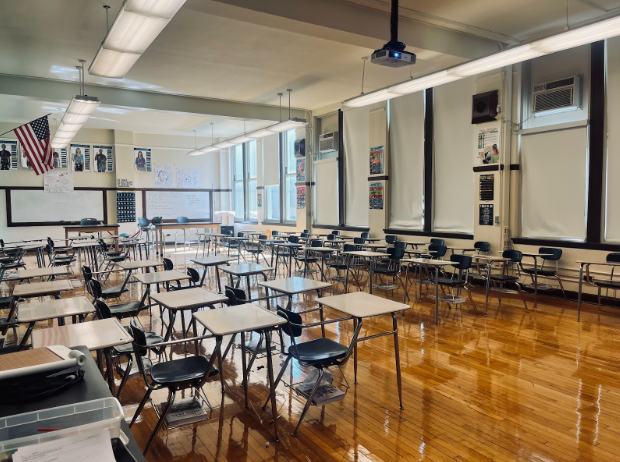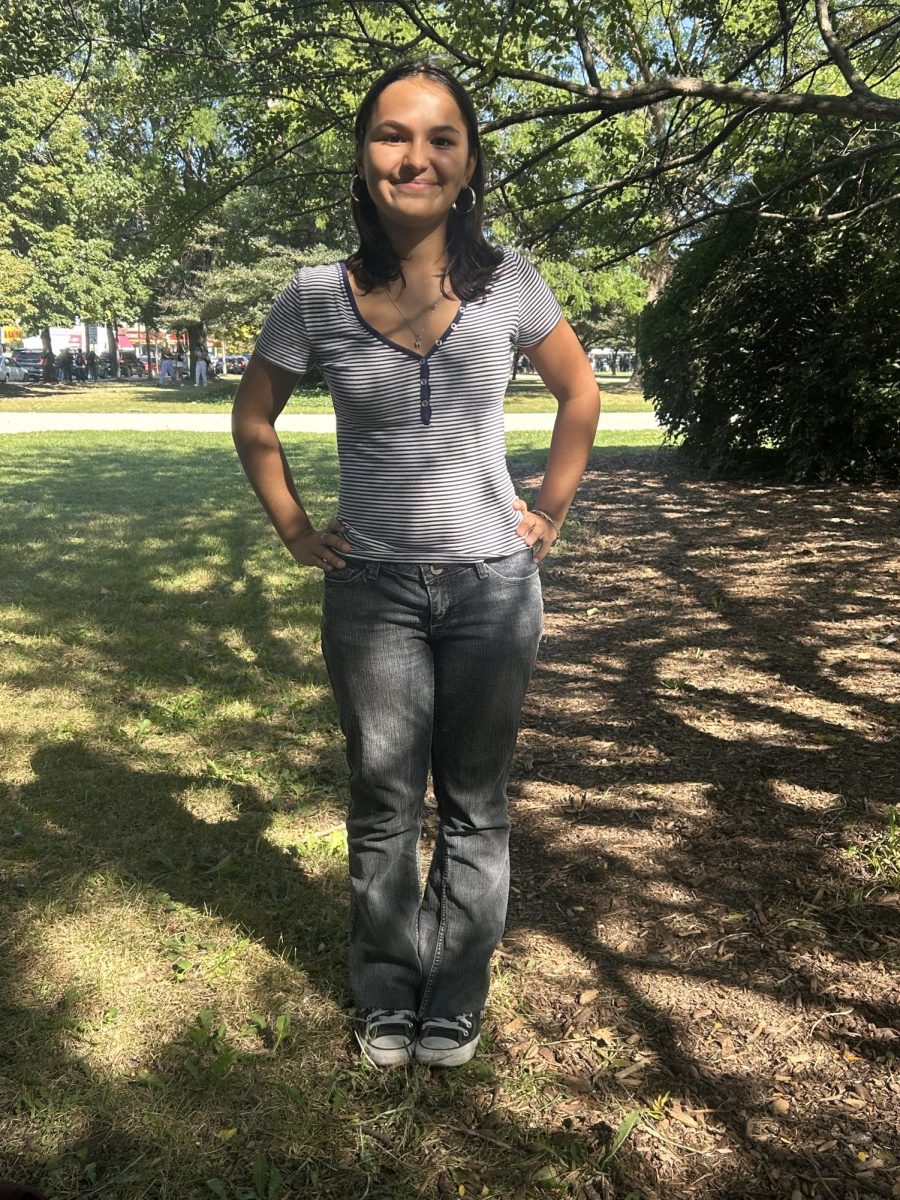By Marissa Higgs
Eddy Aguilar, Div. 450, is not a musical prodigy. He is not the next Picasso. His voice does not make children cry tears of joy. He is a senior taking high-level math and science classes, and a fourth year International Days dancer.
Aguilar believes that creativity is defined individually.
It is not too uncommon for the word to be generalized today as referring to a specific group of artistic individuals. However, others would argue that different types of creativity exist.
“Basically it’s how someone defines it in their own terms, how one sees something as more than it is and finds an idea and expands on it,” Aguilar said. “I feel everyone lacks in creativity sometimes. They are limited to what they find as creative. I feel creative, I just haven’t found the right thing to use my creativity on.”
If creativity is specific to each person, then what actually classifies one as creative?
Howard Gardner published a book in 1983 which included seven types of intelligences. He regarded creative people as anyone who “regularly solves problems, fashions products, or defines new questions in a domain in a way that is initially considered novel but that ultimately comes to be accepted in a particular cultural setting.”
A point Gardner made was that while some people may not be talented in one specific area, they very well could have been talented in another. To him, everyone falls under all of his seven categories, but only to certain extents.
Like Aguilar, Klea Kurti, Div. 556, thinks that everyone can be creative. From personal experience she has begun to understand that the differences in people allow them to be creative.
“Well I can’t draw, I can’t sing, I can’t play an instrument… I can make up stories I guess…but it’s not in your genes. Everyone could be creative in their own way… they have the potential,” Kurti said.
Both Kurti and Aguilar would agree that everyone can be creative, but only if they embrace it and use it in their own ways.
“Everyone’s creative. It just depends on whether they’re held back or not,” Aguilar said.
Mr. Wilson is currently a science and math teacher at Lane. He has his own definition of the word creativity.
“I guess being able to produce something new…to produce or arrive at something new, it can be a new idea, a new picture, a new song, a new move on the field, etc.,” Wilson said.
Wilson, who has quotes by Einstein hanging around his classroom, claims that science and math students are some of the most creative people around. According to him, in order to be good in science you “really need to have a good intuition.”
He believes that creativity is in fact necessary for everyone in life.
“In life you will always have some new challenge. At some point, what has worked will fail and there will be some new way [to do things] and those who were creative will pass you up,” Wilson said.
This means there are some who are unconventionally creative, but who are these people?
Kurti considers herself athletic and feels one way she shows her creativity in her sports is through strategy. In softball for example, if a person bats left or bats right, you can anticipate where the ball will be hit.
Aguilar claims teachers do not get enough credit for their creativeness.
“When someone says ‘teacher’ you don’t automatically label her as creative if she’s not an art teacher or music teacher, yet they find ways to teach things [so that] kids want to learn. Creativity is the way you try to open people’s minds,” he said.
Albert Einstein believed in the creative mind of every human. To him, the only way to discover new things and change the future is to think openly and use your imagination.
“The mere formulation of a problem is far more essential than its solution, which may be merely a matter of mathematical or experimental skills,” Einstein said. “To raise new questions, new possibilities, to regard old problems from a new angle requires creative imagination and marks real advances in science.”





